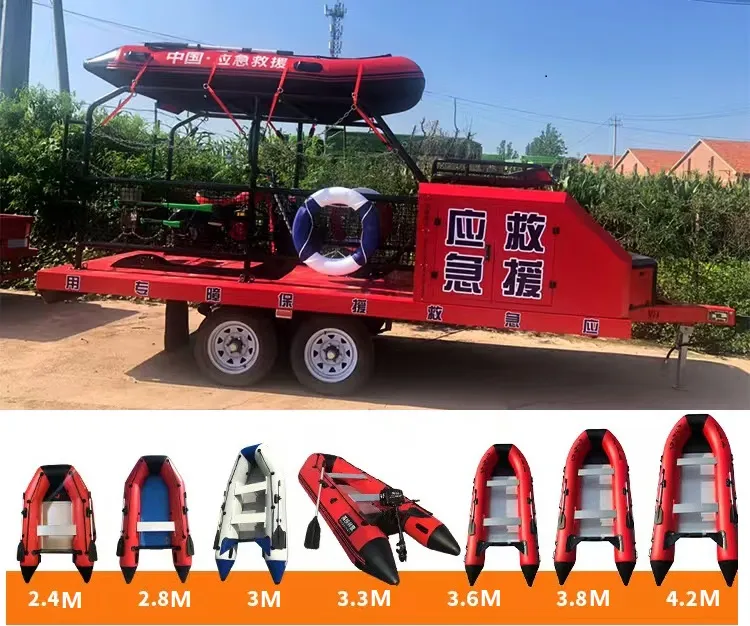

The authority of fire rescue hand tools is reflected in the stringent standards to which they are subjected. These tools must meet rigorous regulatory specifications and undergo extensive testing to ensure they can withstand the extreme conditions faced in the line of duty. Organizations such as the National Fire Protection Association (NFPA) provide guidelines that manufacturers and users alike must adhere to, guaranteeing that each tool meets the highest standards of safety and performance. The credibility of tools thus certified is an assurance to both firefighters and the public that these instruments of rescue can be trusted when they are needed the most. Trustworthiness in fire rescue tools is paramount as the stakes are incredibly high. Manufacturers build reputation and reliability into their tools by adopting cutting-edge technologies and innovative materials, like aircraft-grade aluminum or advanced composites, which offer superior strength and resilience. These materials are light enough to ensure mobility and agile response, yet strong enough to withstand the significant pressures encountered during rescue missions. While tools are essential, they are only as effective as the hands that wield them. This highlights the importance of continuous training and skill updates for firefighters, who must remain adept at using both the latest and the more traditional hand tools. Real-world scenarios, simulations, and advanced training sessions are integral in maintaining the high levels of skill required to operate effectively in high-pressure situations. In conclusion, fire rescue hand tools are indispensable in the realm of emergency services. Through a combination of historical evolution, advanced technology, professional expertise, and stringent regulatory oversight, these tools exemplify the commitment to safety and efficiency in fire rescue operations. Their evolution showcases how traditional knowledge can seamlessly integrate with modern innovation to create tools that not only meet but exceed the demands of 21st-century fire rescue requirements. For professionals in the field, understanding and appreciating the evolution, importance, and trustworthiness of these tools is fundamental to enhancing their operational effectiveness and saving lives.





























